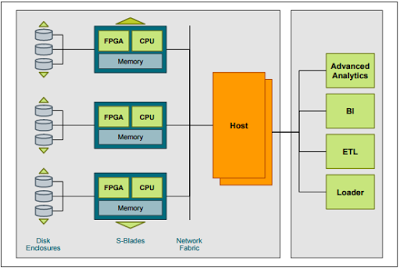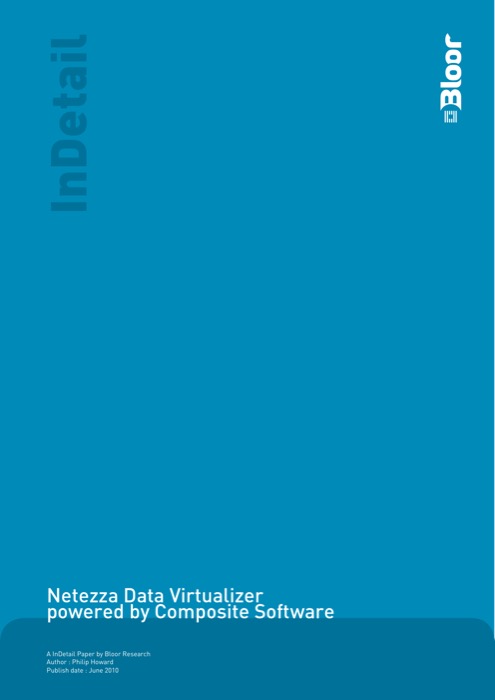

- #Netezza aqua data studio upgrade
- #Netezza aqua data studio full
- #Netezza aqua data studio registration
Sometimes you would like to view only specific Schemas. Default Folders are Tables, System Tables, Views, Indexes, Triggers, Procedures, Functions. You can Create, Edit or Delete Object Folders.

Exclude Objects: A list of objects to exclude after the main filter is applied.Include Objects: A list of objects to include after the main filter is applied.Filter Objects: Allows the user to specify the main schema browser filter for object types, on whether to include or exlude all.Exclude Databases/Schemas: A list of databases/schemas to exclude after the main filter is applied.Include Databases/Schemas: A list of databases/schemas to include after the main filter is applied.Filter Databases/Schemas: Allows the user to specify the main schema browser filter for databases or schemas, on whether to include or exlude all.Go to the Filters Tab and make changes in the Options.
#Netezza aqua data studio registration
Using Filters Options in Registration (Filters Tab)Įdit the Server Properties, to use FILTER options for a Server in Aqua Data Studio: Using the Keyboard combination "CTRL + SHIFT + P", you may quickly access Server Properties and edit Tab Coloring options. Right Click on the Server - A Popup Menu AppearsĬlick on the Item which displays Server Properties.īased on the Server Type, you can edit the Tab Coloring option to identify your environments. To Identify Server Environments, whether it is a Production, Development or Test, use Tab Coloring feature : Using Advanced Properties (Advanced Tab).Using Filters Options in Registration (Filters Tab).The Table Data Editor and Sybase import have seen dramatic performance improvements, and configurable keyboard shortcuts help make Aqua Data Studio adapt to individual users, including with preconfigured Emacs key mappings.Netezza registrations should be straight forward. A complete history graph makes tracing changes and finding forks and branches effortless.Īqua Data Studio 14 also features additional enhancements, including connection clustering, which allows users to use a single registered server to access multiple databases from PostgreSQL, nCluster, Greenplum, Netezza or ParAccel. The overhauled interface supports all of the source control tasks customers expect, including branching, tagging, fetching, merging and pushing.

?We?ve ensured that they can continue using Aqua Data Studio whether that database is on the company?s own server or moves to the cloud.?Īqua Data Studio?s built-in Git client was rebuilt from the ground up and vastly improved. ?Hosted databases offer cost savings and simplicity that are very attractive to companies,? says Gron.
#Netezza aqua data studio full
The team also worked to bring Aqua Data Studio’s full toolset to users of Apache Hive and the open source distributed database Apache Cassandra.Ĭonnecting to Microsoft’s relational database-as-a-service, SQL Database (Azure), is now also possible in version 14 of Aqua Data Studio using the same tools users have come to expect when connecting to Microsoft SQL Server. The team designed its own MongoSQL language specific to MongoDB, as well as a command line shell that places an interactive JavaScript MongoDB shell directly in Aqua Data Studio. ?Our customers see huge value in these specialized databases that provide low cost and highly scalable solutions for their business analytics.?Īdding support for NoSQL required the AquaFold development team to develop creative ways to provide a relational ?SQL? frontend to databases that explicitly do not support it.
?Aqua Data Studio is the first to market with a multi-database GUI that also supports NoSQL, Cloud and Hadoop-based databases,? says AquaFold?s CEO, Niels Gron. NoSQL and cloud databases have grown in importance as both startups and large enterprises face the challenge of working with massive data sets.
#Netezza aqua data studio upgrade
has released Aqua Data Studio 14, a major upgrade to its universal database query and management software, allowing users to design and administer the latest class of databases, including relational, embedded, NoSQL, and even databases hosted in the cloud.


 0 kommentar(er)
0 kommentar(er)
